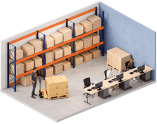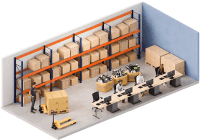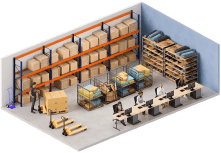Small warehouse spaces for rent in Fort Worth, Texas
Flexible spaces & leases
Leases as short as 6 months. Upscale or downscale anytime!
All-inclusive warehousing
Rental includes racking, equipment, loading docks & more
Immediate availability
Move in today!
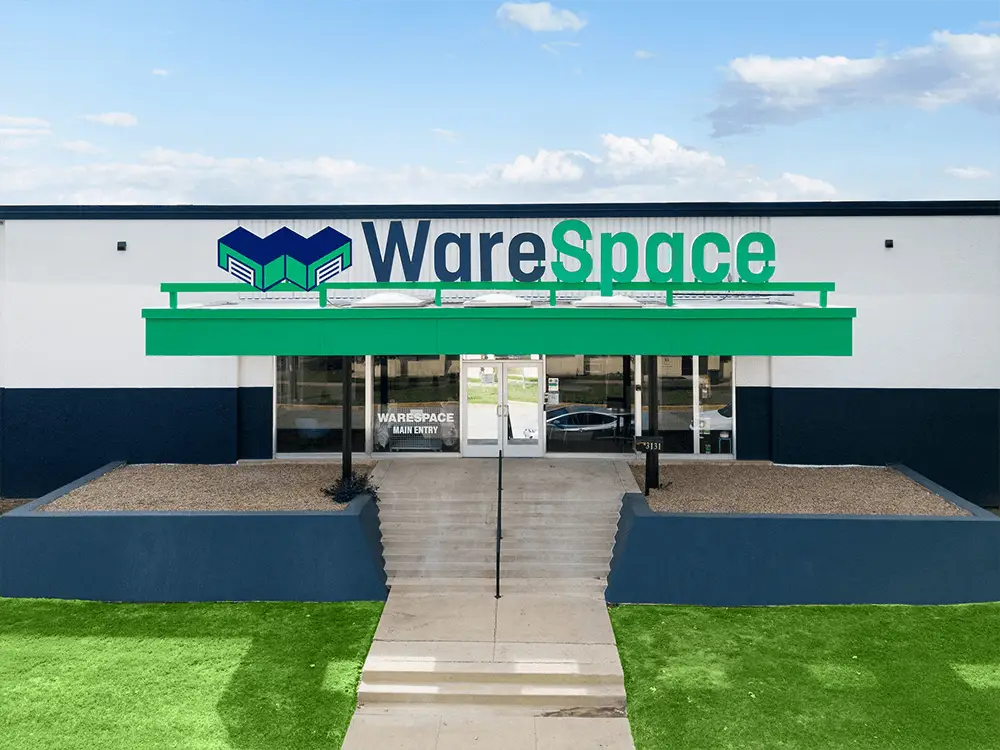
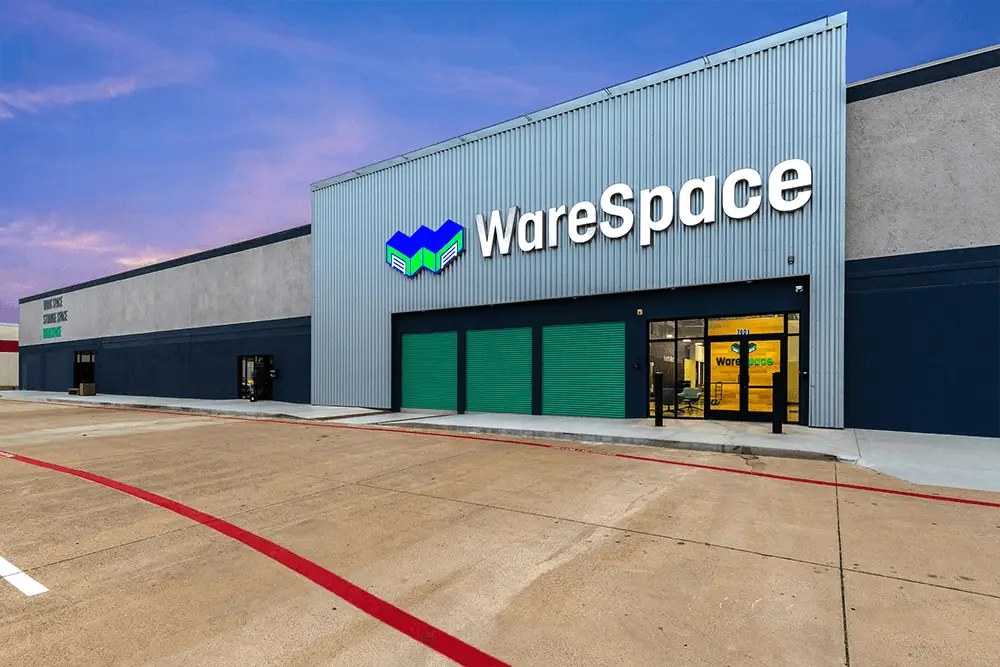
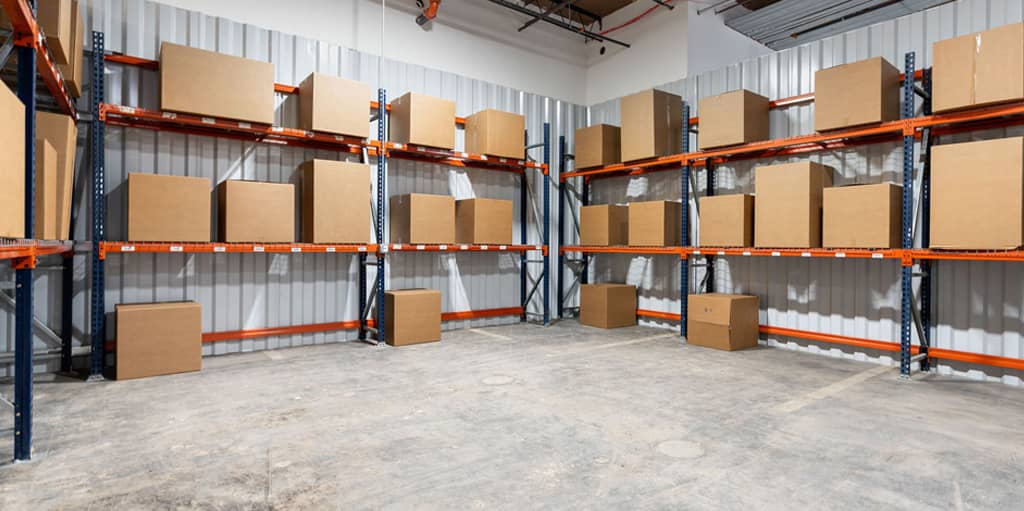
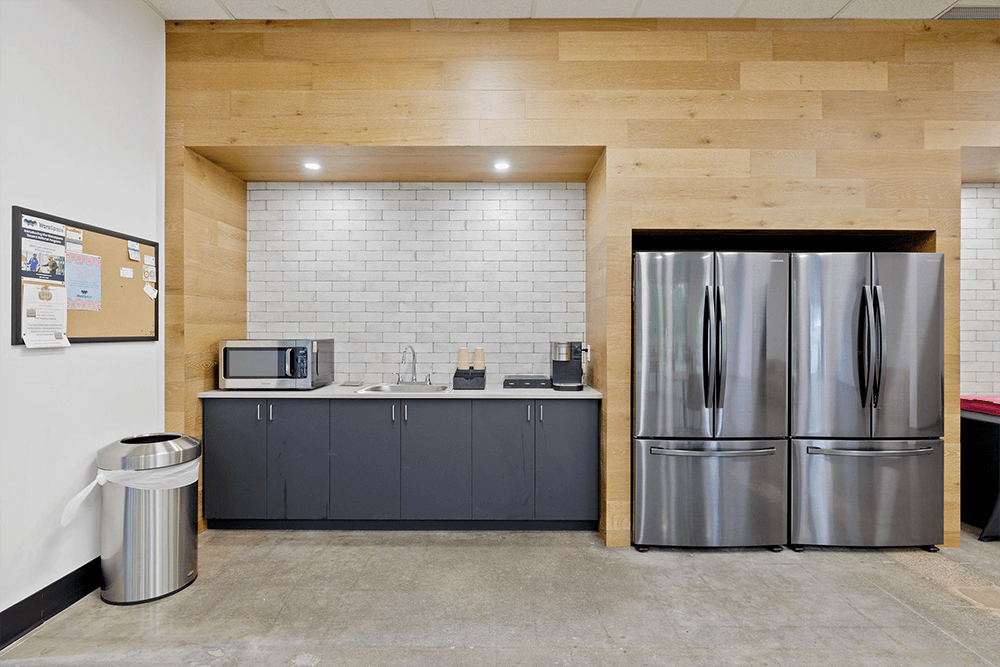
200-2,000 sq ft starting under $700 / month
Visit for an in-person tour


Amber or Crystal will answer your questions and find you a space that meets your needs. No commitment necessary!
Act fast! Limited spaces remaining
Questions? Give us a call: (301) 804-2182
Looking for a job? Click here.
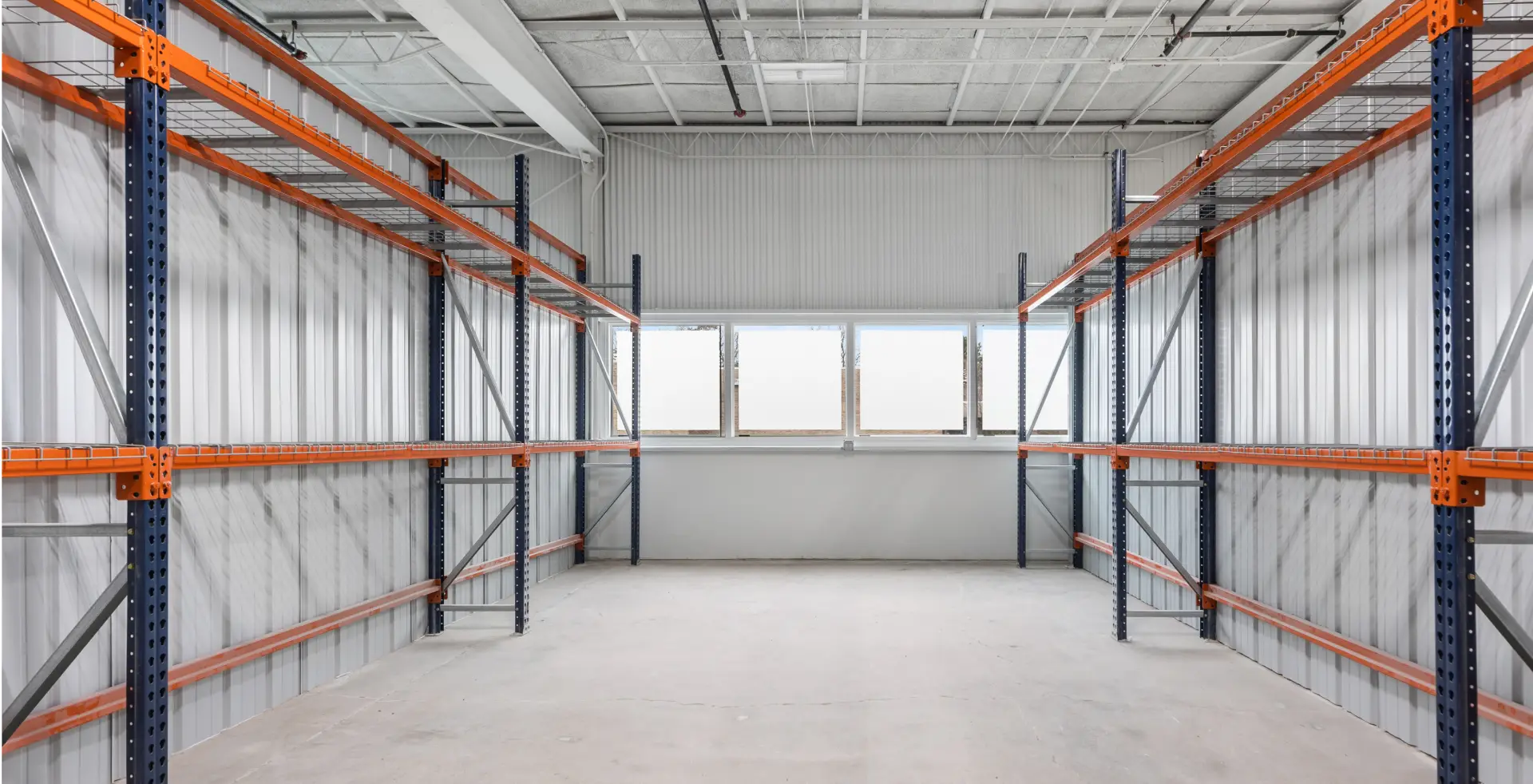
Small warehouse space for rent in Fort Worth, TX
Flexible spaces & leases
Leases as short as 6 months. Upscale or downscale anytime!
All-inclusive warehousing
Rental includes racking, equipment, loading docks & more
Immediate availability
Move in today!

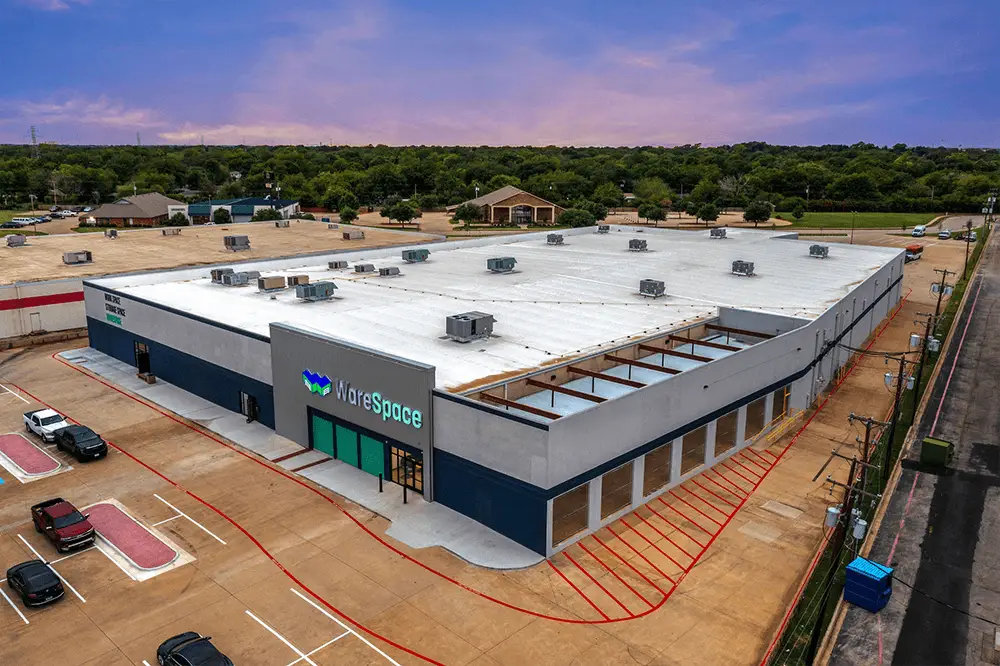
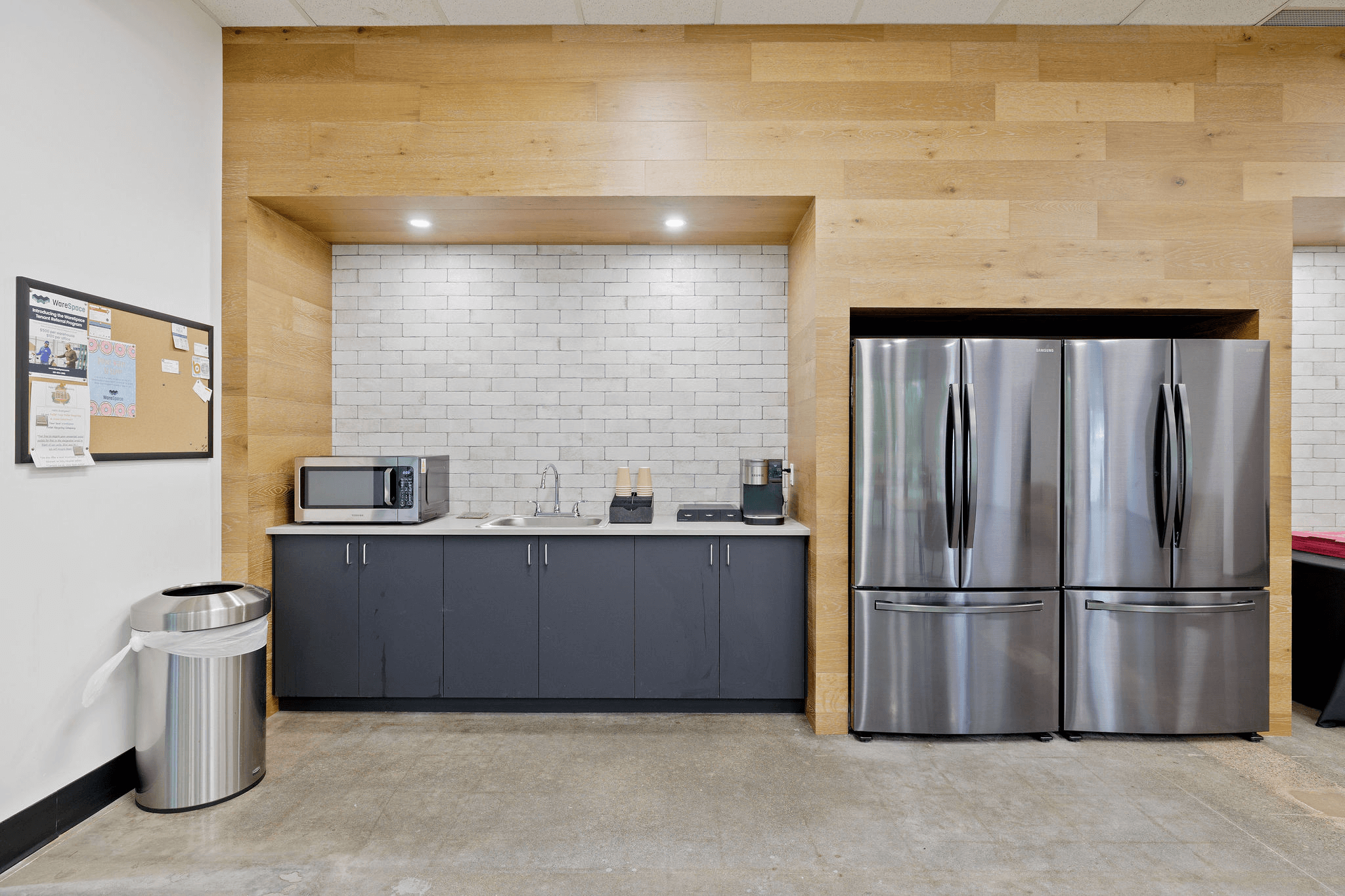
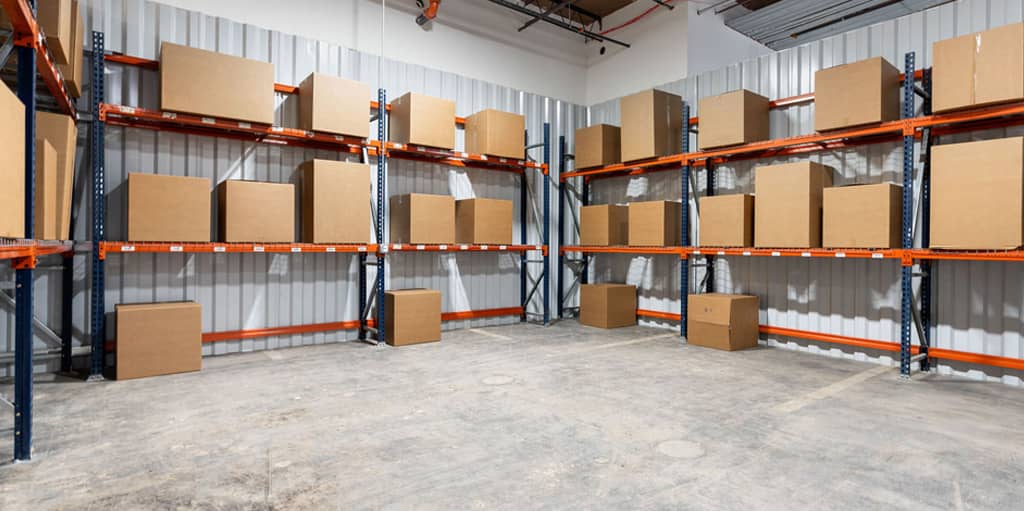
200-2,000 sq ft starting as low as $700 / month
Visit for an in-person tour


Amber or Crystal will answer your questions and find you a space that meets your needs. No commitment necessary!
Act fast! Limited spaces remaining
Questions? Give us a call: (301) 804-2182
Looking for a job? Click here.
- University South
- North Richland Hills
Included with rent: Everything you need to run your business.
No extra fees for the things you need. No NNN. No CAM. Just a single monthly rental fee – so you can focus your time & budget on growing your business.
- Climate Controlled
- 24/7 Security Monitoring
- In-Unit Electric
- On-Site Support
- Secure WiFi
- 24/7 Access
What businesses are right for WareSpace?
E-Commerce & Fulfillment

- Online Retailers (Shopify, Amazon, Etsy, etc.) Subscription Box Companies Direct-to-Consumer and Brands
Contractors & Trades
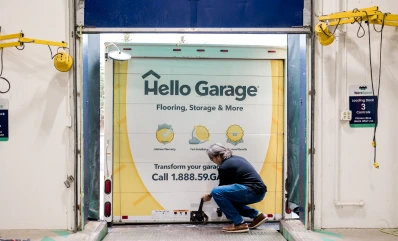
- General Contractors
- HVAC, Plumbing, and Electrical Services
- Renovation and Maintenance Companies
Light Manufacturing & Assembly

- Small-Scale Product Assembly
- Printing and Embroidery
- Equipment and Component Assembly
Creative & Artists

- Event Designers and Decorators
- Photography and Video Studios
- Workshops (Art, Pottery, Crafts, etc.)
Technology & Startups

- Robotics Development
- IT & Hardware Assembly
- BioTech Prototyping
Distribution & Logistics

- Freight Forwarders
- Last-Mile Delivery Providers
- Wholesale Distributors
- Liquidators

E-Commerce & Fulfillment
- Online Retailers (Shopify, Amazon, Etsy, etc.) Subscription Box Companies Direct-to-Consumer and Brands

Contractors & Trades
- General Contractors
- HVAC, Plumbing, and Electrical Services
- Renovation and Maintenance Companies

Light Manufacturing & Assembly
- Small-Scale Product Assembly
- Printing and Embroidery
- Equipment and Component Assembly

Creative & Artists
- Event Designers and Decorators
- Photography and Video Studios
- Workshops (Art, Pottery, Crafts, etc.)

Technology & Startups
- Robotics Development
- IT & Hardware Assembly
- BioTech Prototyping

Distribution & Logistics
- Freight Forwarders
- Last-Mile Delivery Providers
- Wholesale Distributors
- Liquidators
Our Fort Worth Locations


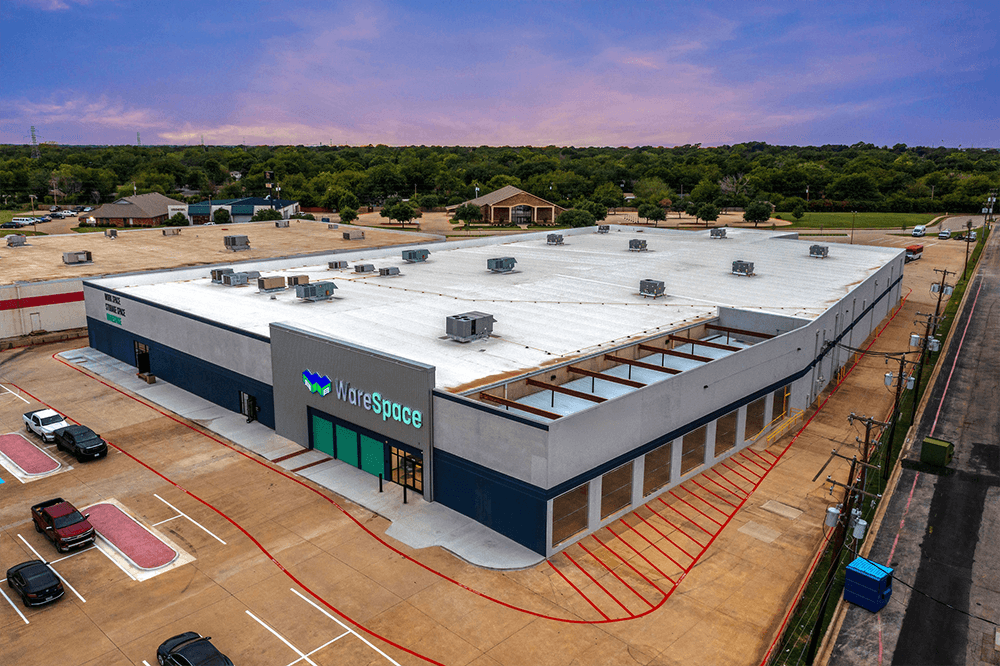

Your WareSpace grows whenever your business does.
With our flexible 6- and 12-month leases, you can grow or shrink the size of your space whenever you want.
Got questions?
Do I need a personal guarantee to lease a space?
How long are membership agreements?
Our standard agreements are for 6 or 12 months. Longer leases available on case by case basis.
How long does it take to sign a lease and move in?
Our spaces range from 250 to 3,000 square feet with shared spaces such as reception areas, kitchen areas, loading docks, bathrooms and meeting space.
What’s included with my rental?
Your rental at WareSpace comes with a comprehensive range of amenities and services designed to simplify your operations and maximize efficiency. Here’s what’s included:
- Loading Docks – Access to shared or private loading docks, making shipping and receiving seamless.
- Racking Systems – Available in select units to optimize your storage capacity.
- Property Taxes – Fully covered as part of your rental agreement.
- Utilities – Electricity, heating, and cooling included in your rent.
- High-Speed Internet – Fast and reliable internet to keep your business connected.
- Maintenance Services – General building maintenance, including repairs and upkeep.
- Cleaning Services – Common areas and exterior spaces cleaned regularly.
- Landscaping – Professional landscaping to maintain a clean and professional exterior.
- Security – Secure facilities with surveillance and controlled access.
- On-Site Parking – Ample parking for employees, visitors, and business vehicles.
- Shared Facilities – Access to common spaces, including conference rooms, kitchens, and restrooms.
- Waste Management – Trash and recycling services included.
- Community Perks – Networking events, tenant support, and other resources to help your business thrive.
Are there loading docks available?
Every location is designed to have the right amount of docks so there will never be a traffic jam and always be enough or the tenants to share. Most locations have 3-5 docks that are shared by the community. Traffic jams have never been an issue.
What different size options do you have for space?
Yes, all of our buildings are secure. We have interior and exterior video surveillance, access control and other methods of keeping it secure while still allowing controlled access for members, their guests, visitors and logistics deliveries.
Is security included?
Yes, all of our buildings are secure. We have interior and exterior video surveillance, access control and other methods of keeping it secure while still allowing controlled access for members, their guests, visitors and logistics deliveries.

